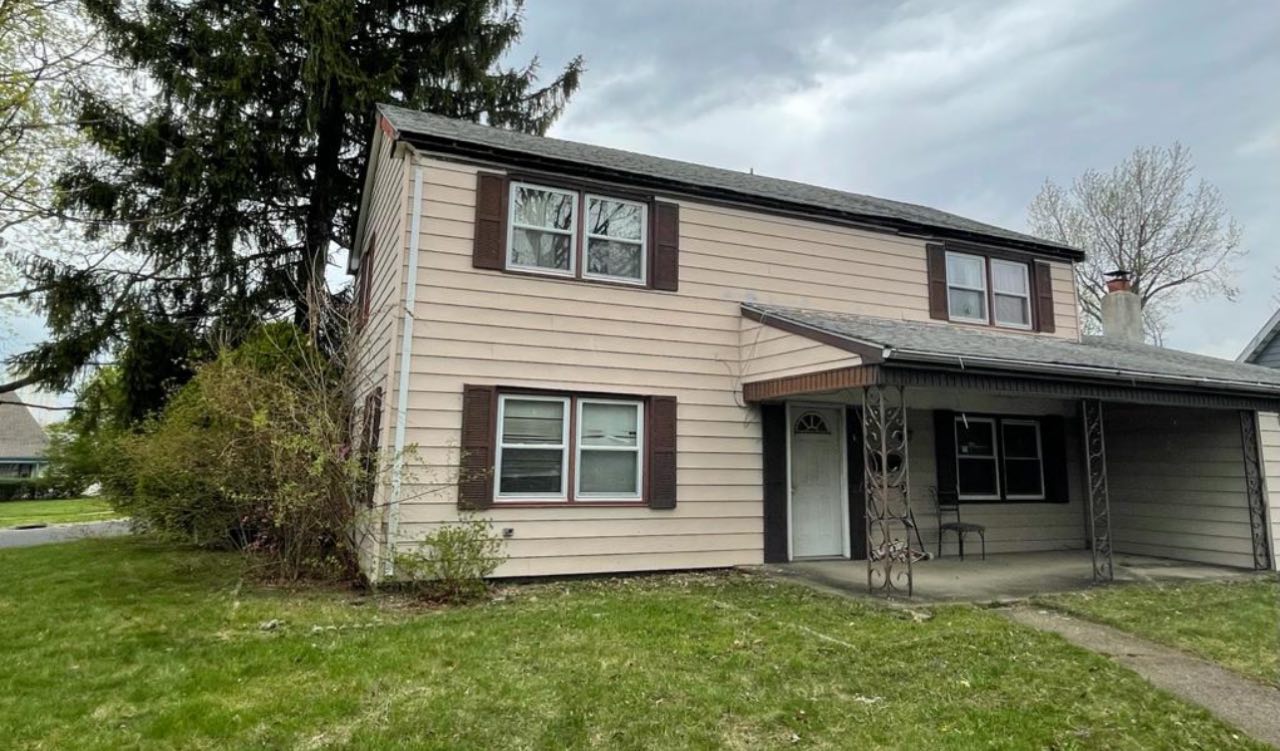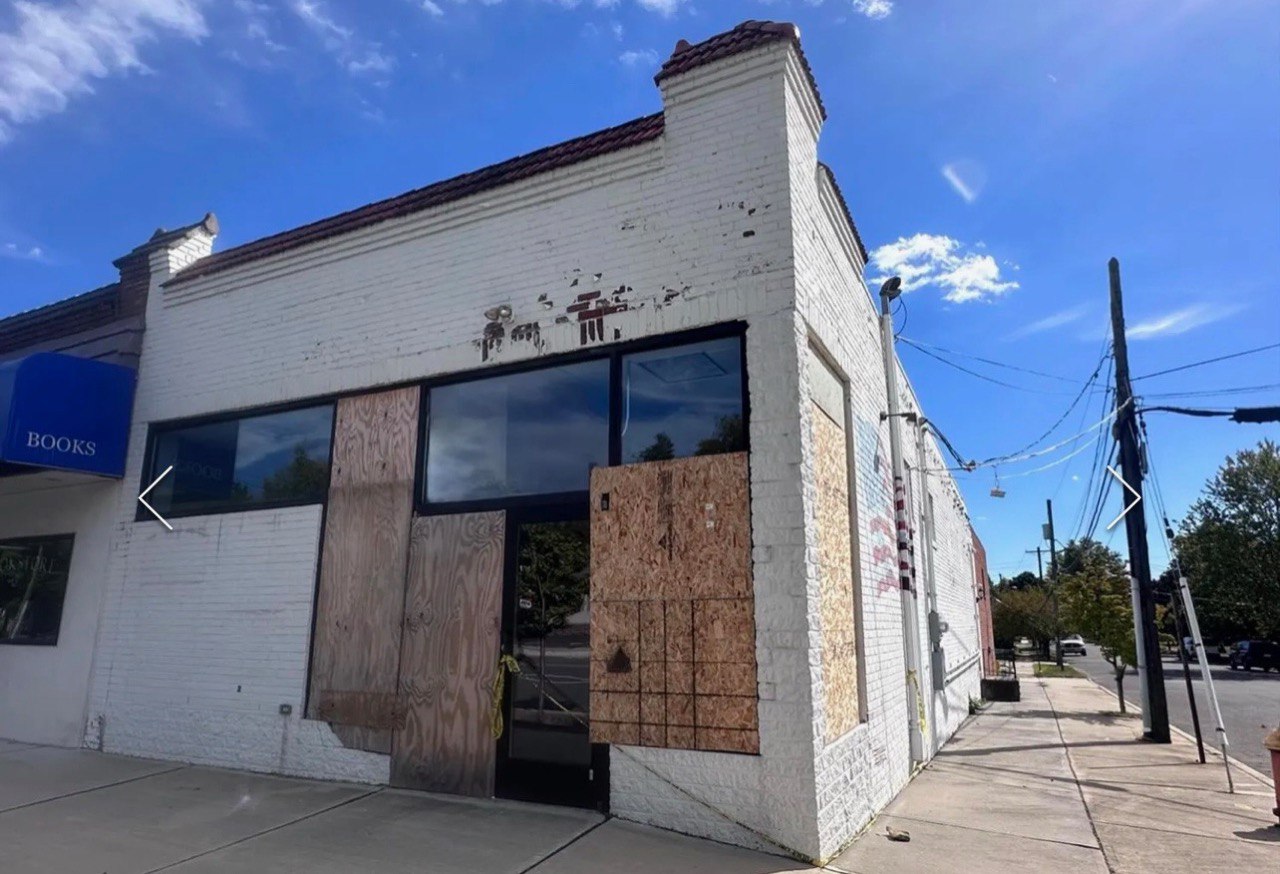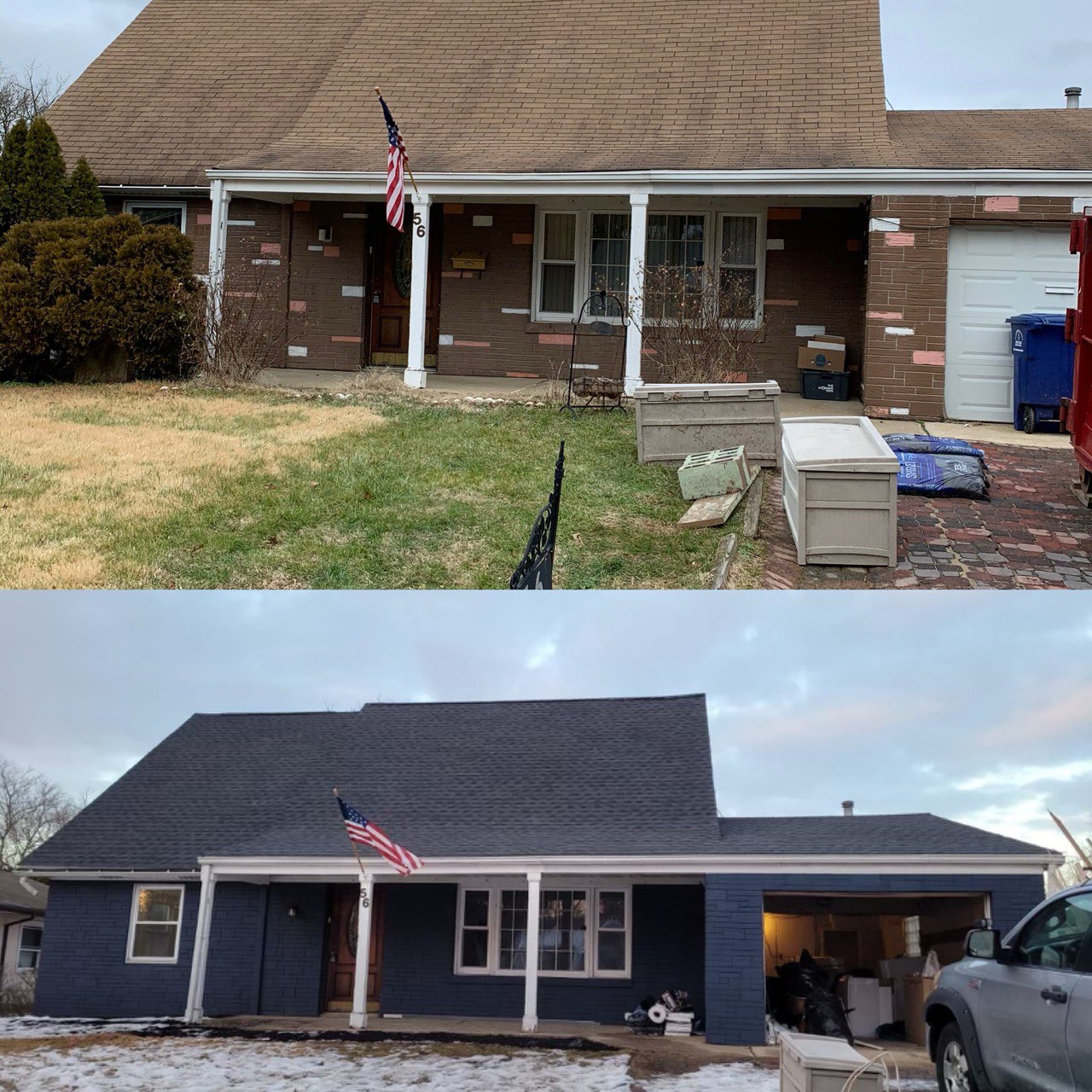Most individuals rely on a traditional water heater storage tank to provide them and their families with hot water. These…
Most individuals rely on a traditional water heater storage tank to provide them and their families with hot water. These systems, which are typically fueled by propane, electricity, or natural gas, work by releasing hot water from the top of the tank and replacing it with cold water whenever someone in the house uses hot water.
While these systems are generally reliable and are used in the majority of households throughout the United States, what happens when they fail?
Water heater flooding can be catastrophic for your home as they damage the structural integrity of your property.
Here are a few things you can do to prevent a water heater flood.
What Causes a Water Heater to Leak?
Water heater flooding can be caused by several factors, including:
- Sediment Buildup
- Rust
- Faulty Temperature and Pressure Release Valve
- Excessive Water Pressure or Overheating
- Corrosion
These are a few of the most common causes of water heater leaks. When one of these things happens, excessive water can damage your drywall, flooring, and electrical work. As a result, it is important to understand a few steps you can take to prevent this issue.
How to Prevent a Water Heater Flood
Every homeowner should know what they can do to prevent their water heater from leaking and potentially flooding their home. Here are a few things you should consider doing to protect your home from a flood.
Regular Maintenance
First and foremost, the best thing you can do to prevent a water heater flood it to perform regular preventative maintenance to ensure that your water heater is always in working order.
This should include regularly inspecting the temperature and pressure valve, checking the anode rod, and flushing a quart of water from the water heater every three months or so.
Additionally, you should be sure to check for moisture, mold damage, loose fittings, and any water that is pooling near the base of the water heater.
Taking these steps is a great way to ensure that your water heater doesn’t have any small leaks or issues that could potentially lead to more serious damages.
Use a Water Shut Off Valve
A great option to prevent a water heater leak from getting worse is to use an automatic water shut off valve.
Water shut off valves work by detecting leaks and sending a signal to the control box which completely shuts of the water heater’s water supply. Once this happens, the valve will stay closed until you manually reset it, ensuring that the leak doesn’t become worse. Additionally, most shut off valves will sound an alarm when a leak is found so that you are aware that maintenance is needed.
Drain the Water Heater
Shut off valves simply ensure that the leak doesn’t get any worse by allowing more water to be pumped into the water heater; however, the water that is already in there will continue to leak unless drained.
To drain the water heater, follow these steps:
- Turn off the water heater.
- Turn off the water supply.
- Drain the water heater by attaching a hose to the drain valve at the bottom of the tank. Run the other end of the hose to an area that is safe to drain the water and open the drain valve.
- Open the pressure relief valve.
- Open the water supply and wash away any sediment that may be inside.
Following these steps can help you make sure that your home avoids extensive damage caused by a water heater flood.







